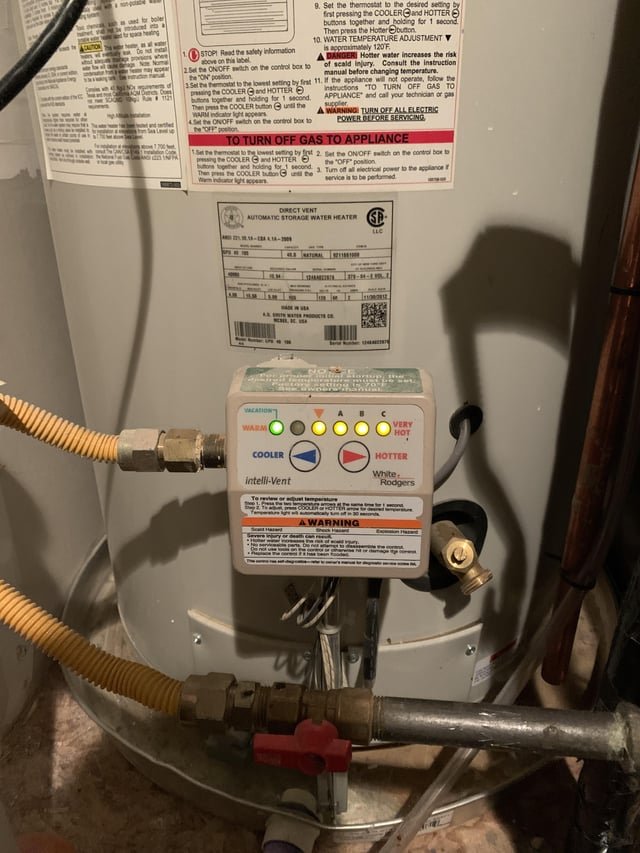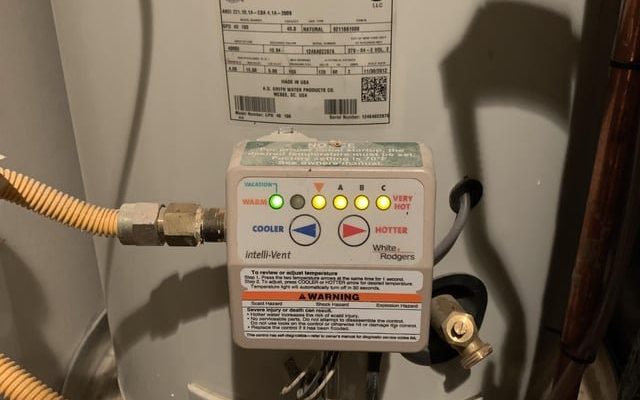
You might be thinking, “Why does my water heater even have error codes?” Just like your car’s dashboard lights up when something needs attention, modern water heaters come with a smart system to alert you when something’s not quite right. The E1 error code is a clue, a little flag raised by the system to let you know there’s a potential problem that needs addressing. But what exactly does E1 signify, and how can you fix it? Let’s explore this in detail.
Understanding the AO Smith Water Heater Error Code E1
When you see the E1 error code flashing on your AO Smith water heater, it’s essentially telling you that there’s a problem with the ignition. Think of it like trying to start a car that won’t turn on—it could be a simple fix, like out of gas, or something more complex. In this case, the heater is having trouble igniting, which means it can’t heat the water properly.
This issue often stems from a lack of gas supply, which might occur if the gas valve is turned off or there’s a disruption in the supply line. Another possibility is that the ignitor, which is responsible for lighting the burner, might have malfunctioned. It’s like trying to light a match that’s damp—no spark, no heat. In some cases, a faulty ignition control module can also trigger the E1 code. The module is the brain behind the ignition process, and if it’s not working right, then you’ll be left in the cold.
So, what’s your next move? First, it’s important to ensure your gas supply is on and steady. Check the gas valve—sometimes this can be nudged accidentally. If everything seems in order and the code remains, it might be time to reach out to a professional. Attempting to fix gas-related issues without proper knowledge can be dangerous.
Common Causes and Solutions for E1 Error Code
Let’s look a bit deeper into what might be causing this error, and how you can address it. One of the most common culprits is a blocked flue or vent. Imagine trying to breathe through a straw—any blockage makes it difficult to get air through. Similarly, if the flue is blocked, it can disrupt the combustion process, causing the E1 code to appear. Clearing obstructions from the venting system could resolve the issue.
Another common cause is a dirty or defective ignitor. Even the best match won’t light if it’s wet or worn out. The ignitor needs to be clean and functioning to ignite the burner. If it’s dirty, carefully cleaning it might solve the problem. If you’re not comfortable with this or suspect the part is faulty, hiring a professional technician would be wise.
Sometimes, the error could be as simple as an electrical fault. The heater needs electricity to power various components, and a wiring issue could prevent it from working correctly. In this case, checking the power supply and ensuring all connections are secure can be a simple fix.
Preventative Measures to Avoid E1 Error
No one likes dealing with unexpected issues, especially when it leads to cold showers. Fortunately, a few preventative measures can help keep that pesky E1 error code at bay. Regular maintenance is key. Just like you’d schedule a regular tune-up for your car, your water heater needs periodic attention too.
Keep an eye on your gas supply and ensure it’s turned on and reliable. Regularly inspect the venting system for blockages. This can be as simple as checking for any debris or dust buildup that might hinder proper airflow. A clear vent is a happy vent, and it helps maintain efficient combustion.
Additionally, get into the habit of inspecting the ignitor periodically. A quick clean can sometimes prevent bigger issues down the road. If you find yourself unsure or out of your depth at any point, don’t hesitate to reach out to a professional. A small investment in routine checks can save a lot of headaches (and cold showers) later.
By understanding what the E1 error code is all about and knowing how to respond, you’re well equipped to tackle this common issue. Remember, it’s all about keeping things clear, clean, and properly connected. Happy heating!
